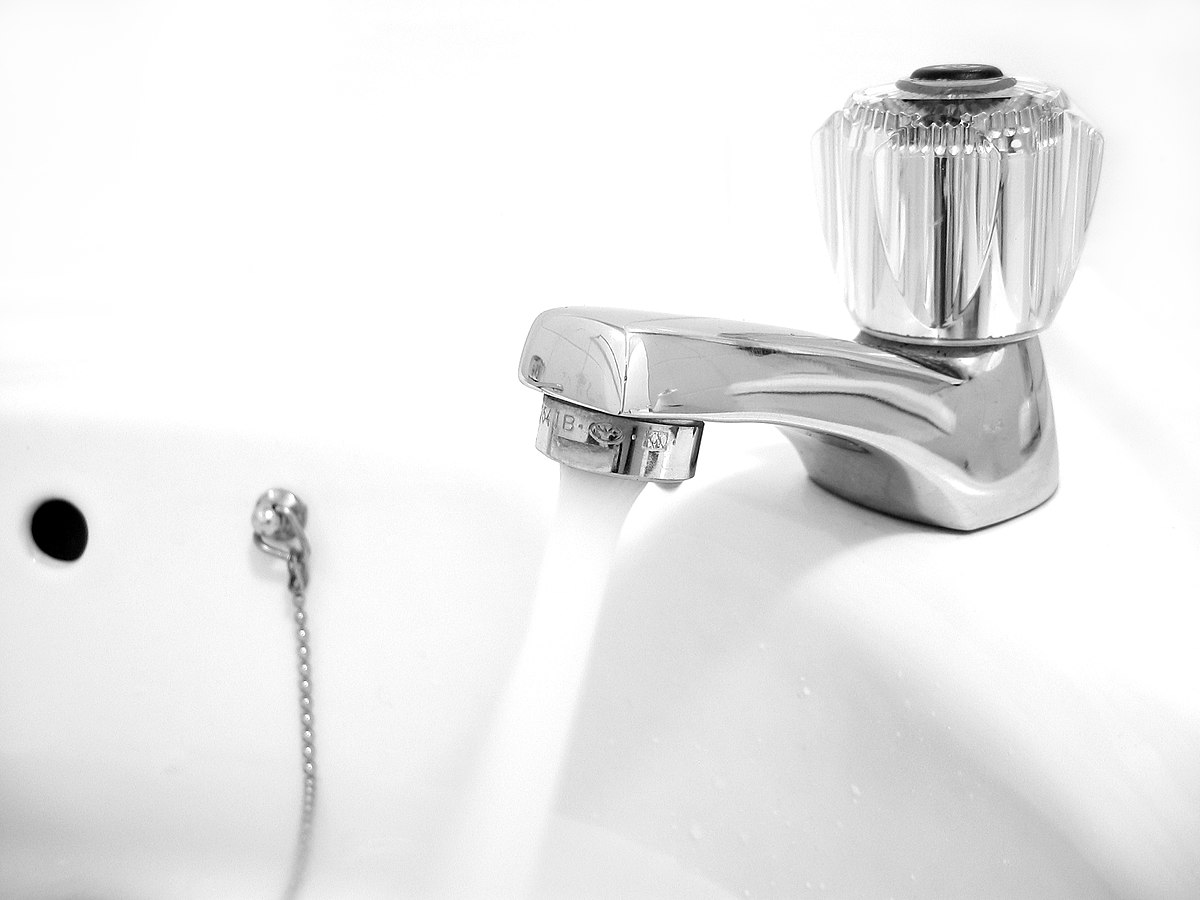

Articles
What Is Faucet Water
Modified: March 24, 2024
Learn all about faucet water in this informative article. Find out the benefits, risks, and how to ensure clean and safe drinking water at home.
(Many of the links in this article redirect to a specific reviewed product. Your purchase of these products through affiliate links helps to generate commission for Storables.com, at no extra cost. Learn more)
Introduction
Water is an essential element for sustaining life. It is vital for our daily activities, hydration, and overall well-being. When it comes to accessing clean and safe water in our homes, one of the primary sources is through the faucets in our kitchens and bathrooms. Faucet water, also known as tap water, is the water that is supplied to our households through a plumbing system connected to a public water supply or a private well.
In this article, we will explore the concept of faucet water, its sources, composition, contaminants, health effects, benefits, and techniques for improving its quality. We will also compare it to bottled water to understand the pros and cons of each.
Faucet water is widely available in developed countries, and it is typically treated and regulated to meet safety standards. However, the quality of faucet water may vary based on factors such as the source of the water, treatment processes, and the condition of the plumbing system in individual homes.
Understanding faucet water is crucial as it directly affects our health and well-being. By learning more about its composition and researching ways to improve its quality, we can make informed decisions and take necessary steps to ensure that the water we consume is safe and free from harmful contaminants.
Let’s dive deeper into the world of faucet water and unravel the mysteries surrounding its composition, safety, and benefits.
Key Takeaways:
- Faucet water, while generally safe and regulated, can contain contaminants such as heavy metals and disinfection byproducts. Regular testing, maintenance, and filtration can help ensure its safety and quality for consumption.
- Choosing faucet water over bottled water offers cost savings, environmental sustainability, and accessibility. Understanding its composition and taking proactive measures can enhance its benefits for daily hydration and household use.
Read more: What Is The Best Faucet Water Filter
Definition of Faucet Water
Faucet water, also known as tap water, refers to the water that is supplied to our homes through the faucets connected to a plumbing system. It is the primary source of drinking water for a majority of households in developed countries.
Faucet water is usually sourced from either a public water supply or a private well. In the case of a public water supply, water is collected from various natural sources such as rivers, lakes, or underground aquifers. It then undergoes a treatment process before being distributed to homes through a network of pipes.
In some cases, homeowners rely on private wells for their water supply. Private wells are typically drilled underground to access natural sources of water, such as groundwater. The water from these wells is often considered to be more private, but it still requires regular testing and treatment to ensure its safety and quality.
It is important to note that the quality of faucet water may vary depending on the location and the treatment processes employed by the water supplier. In developed countries, tap water is subject to strict regulations and testing to ensure its safety for consumption. However, it is essential to understand that even with these regulations in place, contaminants may still be present in varying amounts.
Overall, faucet water plays a crucial role in providing us with a readily available and accessible source of drinking water. It is essential to understand its composition, potential contaminants, and the measures we can take to improve its quality to ensure the health and well-being of ourselves and our families.
Sources of Faucet Water
Faucet water, or tap water, comes from various sources depending on the location and the type of water supply system in place. These sources can include public water supplies, private wells, and surface water bodies. Understanding the sources of faucet water is crucial for evaluating its quality and potential contaminants.
Public Water Supplies: In many developed countries, faucet water is primarily sourced from public water supplies. These supplies collect water from natural sources such as rivers, lakes, reservoirs, and underground aquifers. The water is treated extensively to remove impurities and ensure its safety for consumption. After treatment, it is distributed to households through a vast network of pipes and delivered through faucets in our homes.
Private Wells: In some rural areas or homes that are not connected to a public water supply, faucet water is sourced from private wells. Private wells are typically dug deep into the ground to access groundwater sources. The water from these wells is pumped to the surface and distributed through the plumbing system in the house. It is important to note that private well water is not regulated in the same way as public water supplies, and homeowners are responsible for testing and treating the water to ensure its safety.
Surface Water Bodies: In certain cases, faucet water may also be sourced directly from surface water bodies such as rivers, lakes, or streams. This is more common in areas that have smaller water treatment facilities or in regions where natural bodies of water can easily serve as a water source. Surface water is subjected to rigorous treatment processes to remove contaminants and make it safe for consumption.
The source of faucet water can have implications for its quality and the presence of potential contaminants. Surface water sources, for example, may be more susceptible to pollutants from runoff and external factors. Proper treatment and testing procedures are employed to ensure that the water meets safety standards regardless of the source.
It is important to be mindful of the sources of faucet water and understand any potential challenges or risks associated with them. Regular testing and proactive measures can help maintain the quality and safety of the water we consume.
Composition of Faucet Water
Faucet water, also known as tap water, is a complex mixture of various substances that can vary depending on the source and treatment processes involved. While the specific composition can differ from one location to another, there are some common elements and compounds found in most faucet water supplies.
Water: The primary component of faucet water is, of course, H2O – the molecule that provides the essential hydration we need to survive. Water makes up the majority of the composition, typically accounting for around 95-99% of faucet water.
Minerals: Faucet water contains various minerals that are naturally present in the water sources from which it is derived. These minerals can give water its distinct taste and contribute to its overall composition. Common minerals found in faucet water include calcium, magnesium, sodium, potassium, and traces of other elements like iron and manganese.
Chlorine: Chlorine is often added to faucet water as a disinfectant during the treatment process. It helps kill or neutralize harmful pathogens and bacteria that may be present in the water. While necessary for water safety, the presence of chlorine can affect the taste and odor of faucet water.
Fluoride: In many regions, fluoride is added to faucet water to promote dental health. Fluoride helps prevent tooth decay and is considered a beneficial element when present in proper concentrations. However, it is important to note that excessive amounts of fluoride can have adverse health effects.
Organic Compounds: Faucet water can also contain organic compounds, including naturally occurring organic matter and synthetic compounds. These can come from various sources, including agricultural runoff, industrial pollution, and wastewater treatment processes. Although the levels are typically low, certain organic compounds can have health implications if present in elevated concentrations.
Pesticides and Herbicides: In some cases, trace amounts of pesticides and herbicides may be found in faucet water due to agricultural practices and runoff. These compounds can enter water sources and, despite being regulated, can still be detected in the water supply. However, concentrations are generally very low and are not considered a significant health risk.
Microorganisms: While faucet water is treated to remove harmful microorganisms, it can still contain certain harmless bacteria and viruses. However, these levels are typically very low and pose minimal health risks for individuals with a fully functioning immune system.
It is important to note that the composition of faucet water can be influenced by various factors, including the source water quality, treatment processes, and distribution infrastructure. Water suppliers are responsible for regularly testing and monitoring faucet water to ensure it meets safety standards and is suitable for consumption.
Understanding the composition of faucet water helps us evaluate its quality and potential health implications. By being aware of the presence of certain minerals, chemicals, and contaminants, we can take appropriate measures to ensure that the water we consume is safe and healthy.
Contaminants in Faucet Water
Faucet water, or tap water, can contain various contaminants that may affect its quality, taste, and potential health implications. While modern treatment processes aim to remove or reduce these contaminants, it’s important to be aware of their potential presence.
Here are some common types of contaminants that can be found in faucet water:
1. Microorganisms: Although faucet water goes through disinfection processes to eliminate harmful microorganisms, certain bacteria, viruses, and parasites can still be present in low concentrations. This is why it’s important to have a well-maintained and regularly tested water supply system.
2. Heavy Metals: Heavy metals like lead, copper, arsenic, and mercury can leach into faucet water from pipes, plumbing fixtures, or naturally occurring sources. These metals can pose serious health risks, especially when consumed in high concentrations over long periods of time.
3. Chlorine and Disinfection Byproducts: Chlorine is commonly used to disinfect faucet water and kill harmful pathogens. However, it can react with organic matter and form disinfection byproducts like trihalomethanes (THMs) and haloacetic acids (HAAs). These byproducts have been associated with potential health risks, including an increased risk of certain cancers.
4. Pesticides and Herbicides: Agricultural practices can lead to the presence of pesticides and herbicides in water sources. These chemicals can find their way into faucet water through runoff or contamination of groundwater sources. While regulated, trace amounts of these substances can still be found in tap water.
5. Pharmaceuticals and Chemicals: Nowadays, there is increasing concern about the presence of pharmaceuticals and various chemicals in faucet water. These substances include traces of medications, personal care products, and industrial pollutants that can enter water sources through wastewater treatment plants or improper disposal practices.
6. Radioactive Elements: Certain areas may have naturally occurring radioactive elements like uranium and radon, which can dissolve into water sources and contaminate faucet water. Prolonged exposure to high levels of radioactivity can have serious health consequences.
It is important to emphasize that the presence and concentration of these contaminants can vary significantly depending on the location, water source, and treatment processes in place. Water suppliers are required to regularly test and monitor the quality of faucet water to comply with safety standards. Consumers can also request water quality reports from their local water authorities.
To ensure the best quality faucet water, individuals can consider installing water filtration systems or rely on bottled water as an alternative. It is important to choose a reliable filtration system that is appropriate for the specific contaminants present in your water supply.
Regular maintenance of plumbing systems, including the replacement of old pipes and fixtures, is also recommended to minimize the potential for contamination. Consulting with local water authorities or water treatment professionals can provide valuable guidance on further steps for improving water quality.
Being aware of the potential contaminants in faucet water allows individuals to take proactive measures to ensure the health and safety of their water supply.
When discussing faucet water, it’s important to note that it varies in quality depending on location. Consider using a water filter to improve taste and remove impurities.
Read more: How To Install A Water Filter Faucet
Health Effects of Drinking Faucet Water
Drinking faucet water, or tap water, is generally considered safe in many developed countries thanks to rigorous water treatment processes and regulations. However, it is important to be aware of potential health effects that can arise from drinking contaminated or improperly treated faucet water.
Here are some potential health effects associated with drinking faucet water:
1. Gastrointestinal Issues: Bacteria, viruses, and parasites present in untreated or inadequately treated faucet water can lead to gastrointestinal illnesses such as diarrhea, vomiting, and stomach cramps. Proper disinfection and filtration systems are necessary to prevent microbial contamination.
2. Exposure to Heavy Metals: Some faucet water sources may contain heavy metals like lead, copper, arsenic, and mercury that can enter the water supply from corroded pipes or natural sources. Prolonged exposure to high levels of heavy metals can lead to organ damage, neurological issues, developmental delays in children, and other health disorders.
3. Chlorine Byproducts: While chlorine is used to disinfect faucet water, it can react with organic matter and form disinfection byproducts like trihalomethanes (THMs) and haloacetic acids (HAAs). Long-term exposure to elevated levels of these byproducts has been associated with an increased risk of certain cancers, as well as potential reproductive and developmental effects.
4. Exposure to Pesticides and Herbicides: Trace amounts of pesticides and herbicides can sometimes be present in faucet water due to agricultural practices and runoff. Although the levels are typically low and regulated, prolonged exposure to high levels of these substances can have adverse health effects.
5. Radioactive Elements: Certain areas may have naturally occurring radioactive elements like uranium and radon, which can contaminate faucet water. Prolonged exposure to high levels of radioactivity can increase the risk of developing various cancers.
It’s important to note that the health effects of faucet water can vary depending on the specific contaminants and their concentration in the water supply. Individuals with compromised immune systems, infants, pregnant women, and the elderly may be more susceptible to the potential health impacts.
To minimize the potential health risks associated with faucet water, it is recommended to take the following steps:
1. Stay Informed: Stay updated on the water quality reports provided by local water authorities. These reports provide valuable information about the contaminants present in your faucet water and any necessary precautions you need to take.
2. Use Water Filtration Systems: Consider installing water filtration systems that are capable of effectively removing contaminants specific to your water supply. Different types of filters target different contaminants, so research and choose one that suits your needs.
3. Regularly Maintain Plumbing Systems: Regular inspection and maintenance of your plumbing system can help identify any potential sources of contamination. Replacing old pipes and fixtures can prevent the leaching of heavy metals into the water supply.
4. Practice Proper Hygiene: As faucet water is generally safe for personal hygiene such as bathing, brushing teeth, and washing dishes, ensure that you are following good hygiene practices to minimize ingestion of potentially harmful substances.
By staying informed, taking preventive measures, and addressing any concerns regarding faucet water quality, individuals can ensure the overall health and well-being of themselves and their families.
Benefits of Faucet Water
Faucet water, or tap water, offers several benefits that make it a convenient, cost-effective, and environmentally friendly choice for daily hydration and household activities. Here are some key benefits of opting for faucet water:
1. Accessibility and Convenience: Faucet water is readily available in most homes, making it convenient for daily use. With just a turn of the tap, you have access to a clean and reliable source of drinking water, saving you time and effort compared to purchasing bottled water.
2. Cost-Effective: Choosing faucet water over bottled water can save you money in the long run. The cost of purchasing bottled water can quickly add up, especially for larger households. Faucet water is significantly cheaper, as you are only paying for the water utility bill and any applicable water treatment and filtration systems.
3. Environmental Sustainability: Opting for faucet water helps reduce plastic waste and carbon footprint associated with the production and transportation of bottled water. By choosing to drink from the tap, you contribute to a more sustainable and environmentally friendly lifestyle.
4. Nutritional Content: Faucet water naturally contains a variety of essential minerals that are important for maintaining good health. These minerals, including calcium, magnesium, and potassium, contribute to a balanced diet and overall well-being.
5. Fluoridation for Dental Health: Many water utilities add fluoride to faucet water to help prevent tooth decay. Fluoride is beneficial for dental health, especially in areas where access to regular dental care may be limited. Drinking fluoridated faucet water can contribute to strong and healthy teeth.
6. Regulatory Standards: Faucet water in developed countries is subject to strict regulations and testing to ensure its safety for consumption. Water suppliers are required to monitor and maintain compliance with quality standards, providing reassurance that the water you drink meets specific health and safety guidelines.
7. Hydration: Proper hydration is essential for maintaining overall well-being and bodily functions. With faucet water readily available, you can easily meet your hydration needs without the need to carry or purchase bottled water.
8. Versatility: Faucet water can be used for a wide range of household activities beyond drinking, such as cooking, washing produce, cleaning, and hygiene purposes. Its versatility makes it a reliable and versatile resource for daily tasks.
It is important to note that the benefits of faucet water depend on various factors such as the quality of the water supply, treatment processes, and maintenance of plumbing systems. Regular testing and monitoring of faucet water quality, as well as adopting appropriate water treatment systems, can further enhance its benefits.
By utilizing and appreciating the benefits of faucet water, individuals can make an informed choice that meets their hydration needs while promoting environmental sustainability and overall well-being.
Techniques for Improving Faucet Water Quality
While faucet water is generally treated and regulated to meet safety standards, there are techniques that can further improve its quality. Whether you want to enhance the taste, remove specific contaminants, or simply ensure the highest level of purity, consider the following techniques for improving faucet water quality:
1. Water Filtration Systems: Installing a water filtration system is one of the most effective ways to improve faucet water quality. There are various types of filters available, each targeting specific contaminants. Commonly used filters include activated carbon filters, reverse osmosis systems, and ceramic filters. Research and choose a filtration system that suits your unique water quality concerns.
2. Faucet Filters: If you’re looking for a more affordable and convenient option, consider using faucet filters. These filters attach directly to the faucet, filtering the water as it flows out. They are easy to install and require minimal maintenance. Faucet filters are capable of removing chlorine, sediment, and other impurities, enhancing the taste and overall quality of faucet water.
3. Boiling Water: Boiling faucet water is a simple and effective method for killing or inactivating most microorganisms, including bacteria and viruses. Boiling water for at least one minute can help make it safe for consumption. However, keep in mind that boiling will not remove any chemical contaminants or heavy metals present in the water.
4. Distillation: Distillation is a process that involves boiling the water to create steam and then condensing it back into liquid form. This method helps remove impurities and contaminants from the water, including heavy metals, minerals, and some chemicals. Distilled water is considered highly pure, but it may lose some beneficial minerals in the process.
5. Regular Maintenance of Plumbing Systems: Proper maintenance of plumbing systems is crucial for ensuring the quality of faucet water. Older pipes and fixtures can lead to the leaching of contaminants like lead or copper into the water supply. Regular inspections, repairs, and replacing old components can minimize the risk of contamination and improve water quality.
6. Test Water Quality: Regularly test your faucet water quality to monitor any changes or potential issues. Water testing kits are available for home use, or you can contact a certified laboratory for a comprehensive analysis. Testing can help identify specific contaminants and guide you in choosing the appropriate treatment methods.
7. Avoid Plastic Pipes and Fixtures: Plastic pipes and fixtures, such as those made of PVC or PEX, are less likely to leach contaminants into the water compared to older plumbing made of lead or copper. If you have concerns about the quality of your water, consider replacing old plumbing with modern plastic alternatives.
It’s important to note that the techniques for improving faucet water quality will vary depending on the specific concerns and contaminants present in your water supply. It’s advisable to consult with professionals, such as water treatment specialists or plumbers, for personalized advice and guidance.
By implementing these techniques, you can enhance the quality, taste, and safety of your faucet water, ensuring that you have access to clean and pure water for all your needs.
Comparison of Faucet Water vs. Bottled Water
The choice between faucet water and bottled water is a matter of personal preference and circumstances. Both options have their advantages and disadvantages. Here’s a comparison of faucet water and bottled water to help you make an informed decision:
1. Cost: Faucet water is significantly less expensive than bottled water. With faucet water, you are only paying for the water utility bill and any necessary filtration systems. Bottled water, on the other hand, can be costly, especially with frequent consumption or for large households. Choosing faucet water can save you a significant amount of money in the long run.
2. Convenience: Faucet water is readily available in our homes, offering convenience for daily hydration. With just a simple twist of the tap, you have access to clean water. Bottled water, on the other hand, requires purchasing and carrying around bottles. This can be cumbersome, especially when you’re on the go or during travel.
3. Environmental Impact: Bottled water contributes to plastic waste and carbon emissions from production and transportation. Choosing faucet water helps reduce plastic waste and promotes environmental sustainability. By using reusable water bottles and relying on tap water, you can minimize your carbon footprint and support a more eco-friendly lifestyle.
4. Safety and Quality: Faucet water in developed countries is typically subject to strict regulations and regular testing to ensure its safety for consumption. While bottled water is regulated as well, the quality can vary depending on the brand and source. However, it’s important to note that certain regions or homes with compromised water supply systems may require additional filtration or purification methods to ensure the quality of faucet water.
5. Taste: Taste preferences can vary, and some people may find tap water to have a different flavor compared to bottled water. Tap water can carry natural minerals that may impact the taste, while bottled water often goes through filtration or purification processes that can alter the flavor. Additionally, the presence of chlorine or other disinfectants used in treating tap water may affect its taste.
6. Health Considerations: Both faucet water and bottled water can provide adequate hydration. Faucet water often contains essential minerals that can contribute to a balanced diet. Some bottled water brands may undergo additional purification processes that remove minerals, while others may infuse minerals for taste. It’s worth noting that consuming excessive amounts of certain minerals in drinking water may have health implications.
7. Variety and Convenience: Bottled water offers a wide range of options, including still or sparkling water, flavored water, and various brands and sizes. This variety can cater to specific preferences and occasions. However, with faucet water, you have the flexibility to customize your own flavors by adding fruits or infusions to enhance the taste.
Ultimately, the choice between faucet water and bottled water depends on considerations such as cost, convenience, environmental impact, and personal preferences. If you have access to safe and well-regulated faucet water, choosing tap water can provide a cost-effective, convenient, and environmentally friendly solution for your daily hydration needs.
However, in instances where the quality or safety of faucet water is a concern or when access to clean tap water is limited, opting for reputable bottled water brands can be a suitable alternative.
Conclusion
Faucet water, or tap water, plays a vital role in our daily lives as a readily accessible source of hydration and for various household activities. Understanding faucet water, its sources, composition, contaminants, and health effects is crucial for making informed decisions about our water consumption and ensuring the well-being of ourselves and our families.
While faucet water in developed countries is generally treated and regulated to meet safety standards, it is essential to be aware of potential contaminants and take appropriate measures to improve its quality. Techniques such as water filtration systems, regular maintenance of plumbing systems, and water testing can help enhance faucet water quality and address specific concerns.
Compared to bottled water, faucet water offers several advantages. It is cost-effective, convenient, and promotes environmental sustainability by reducing plastic waste. Faucet water also often undergoes strict regulatory standards and is readily available in our homes for daily use and hydration needs.
However, concerns about taste, specific preferences, or the presence of contaminants in faucet water may lead individuals to opt for bottled water. In such cases, choosing reputable brands and being mindful of the environmental impact of single-use plastic bottles can help strike a balance.
Ultimately, the choice between faucet water and bottled water depends on individual circumstances, preferences, and the quality and safety of the local water supply. Regardless of the choice, it is important to stay informed, regularly test water quality, and take necessary steps to ensure the highest level of water safety and purity.
By understanding the intricacies of faucet water and adopting appropriate measures to improve its quality, we can confidently embrace its benefits while promoting environmental sustainability and the overall well-being of ourselves and future generations.
Frequently Asked Questions about What Is Faucet Water
Was this page helpful?
At Storables.com, we guarantee accurate and reliable information. Our content, validated by Expert Board Contributors, is crafted following stringent Editorial Policies. We're committed to providing you with well-researched, expert-backed insights for all your informational needs.
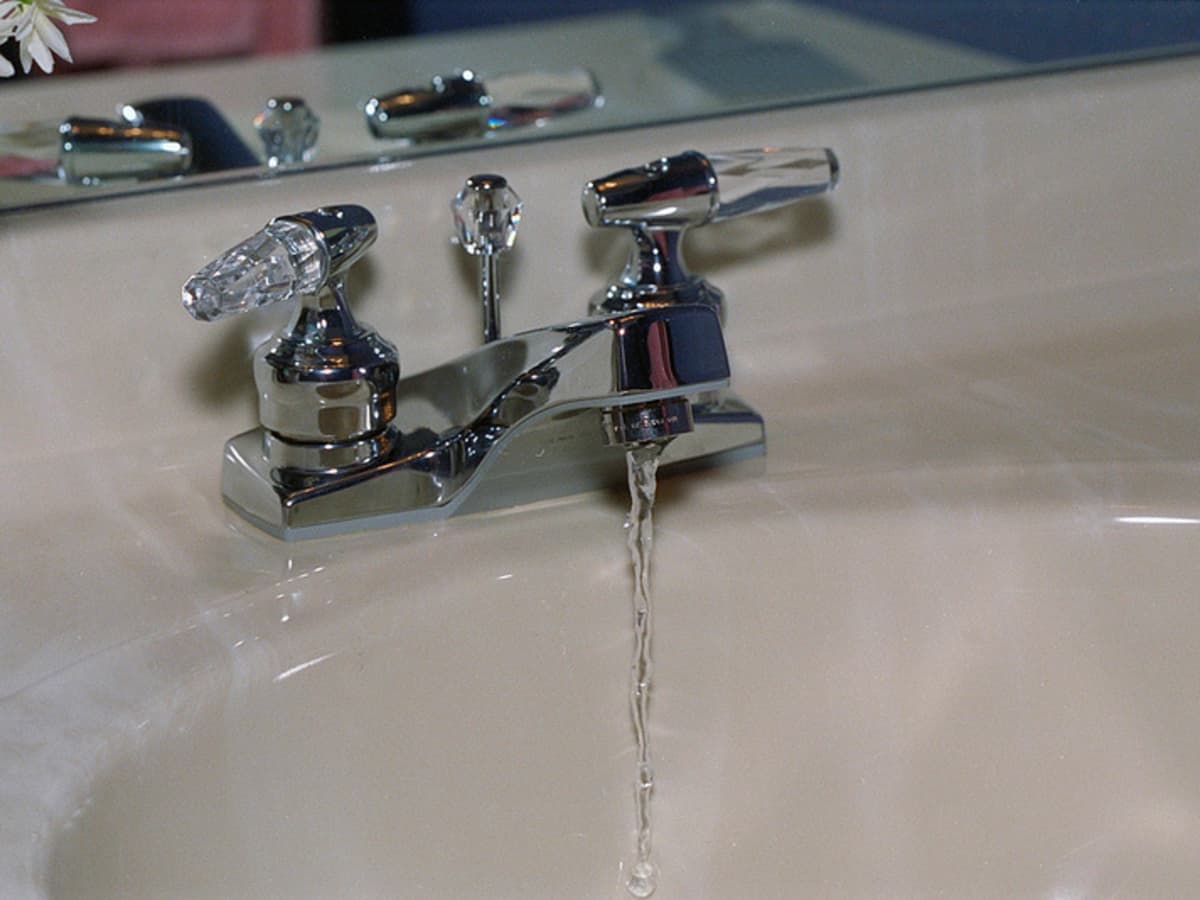
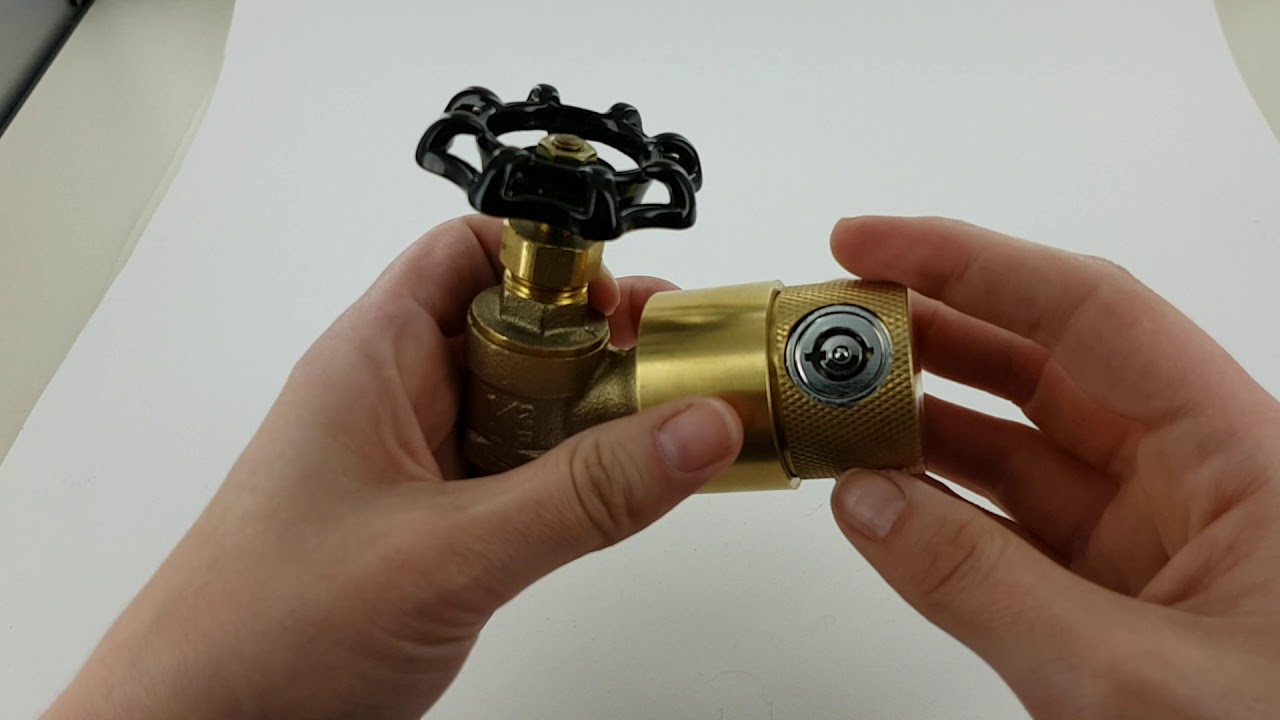
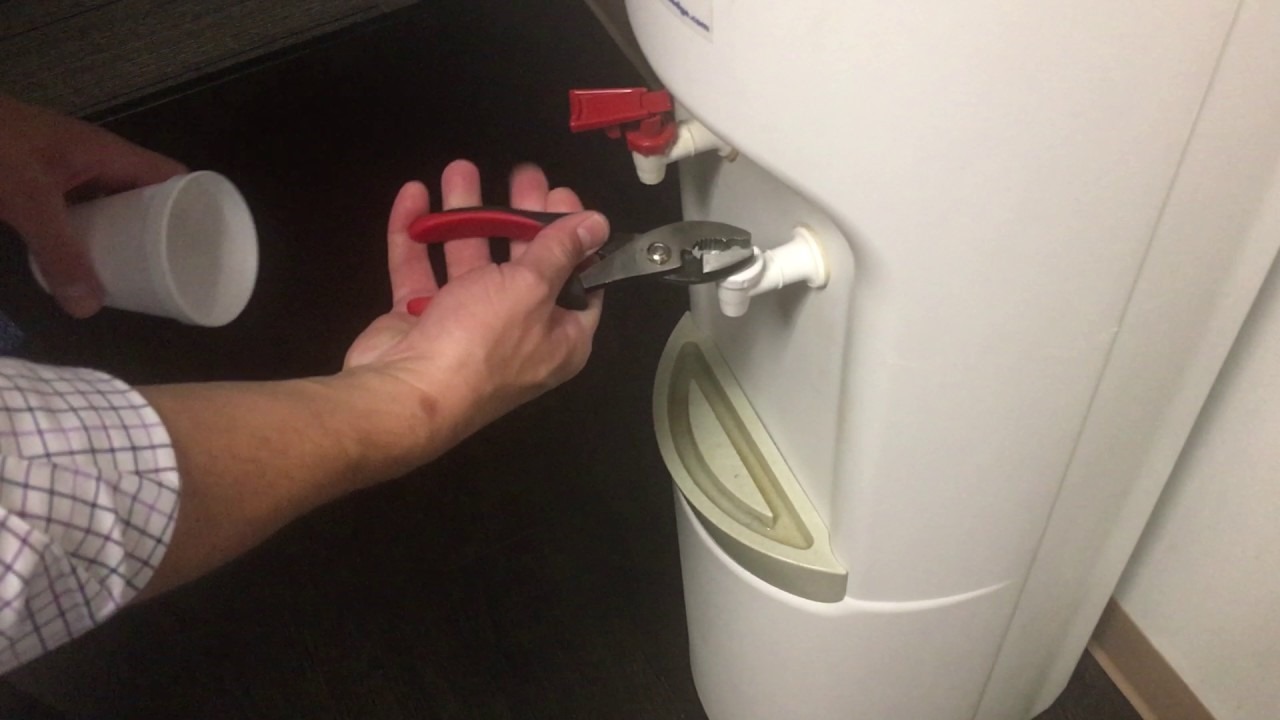
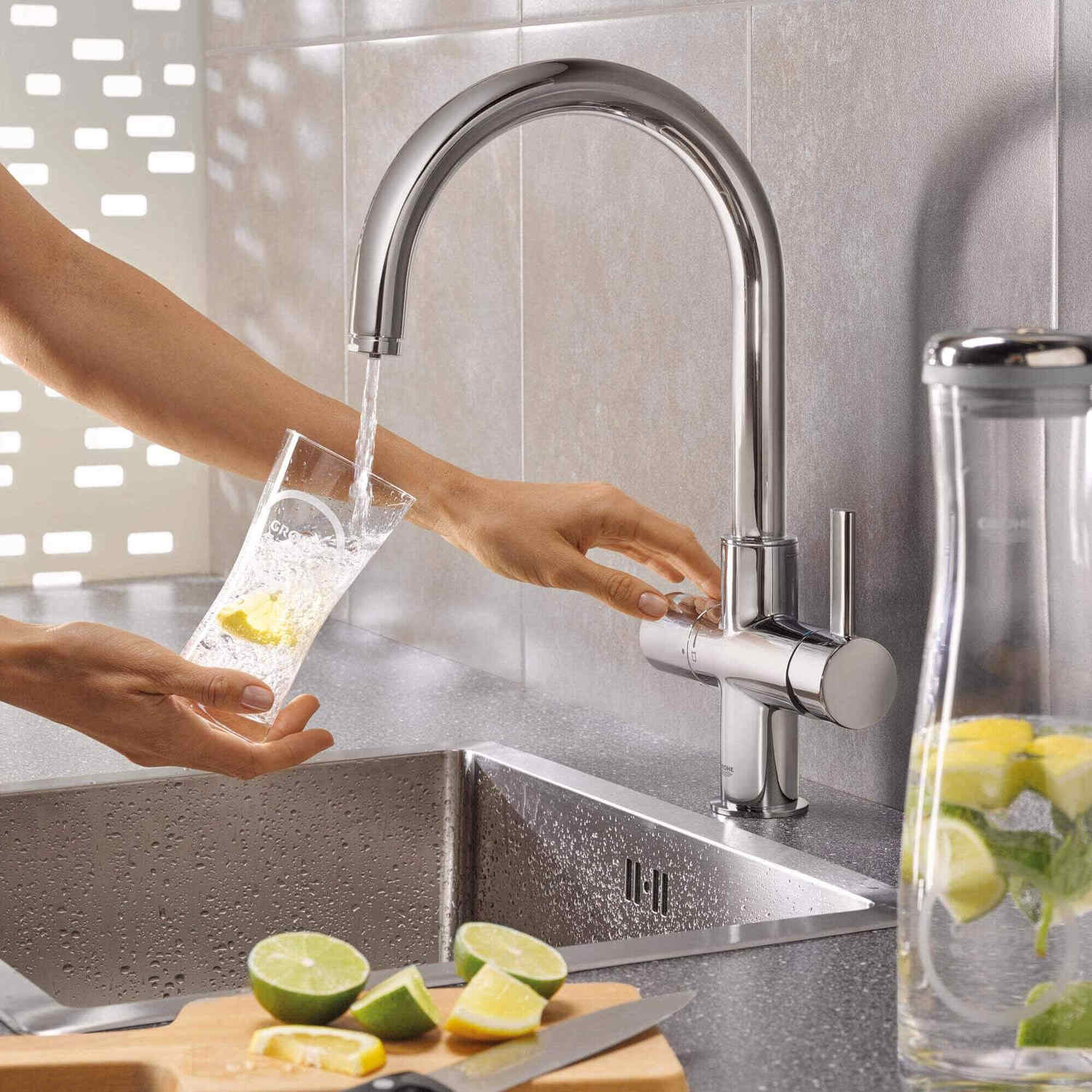
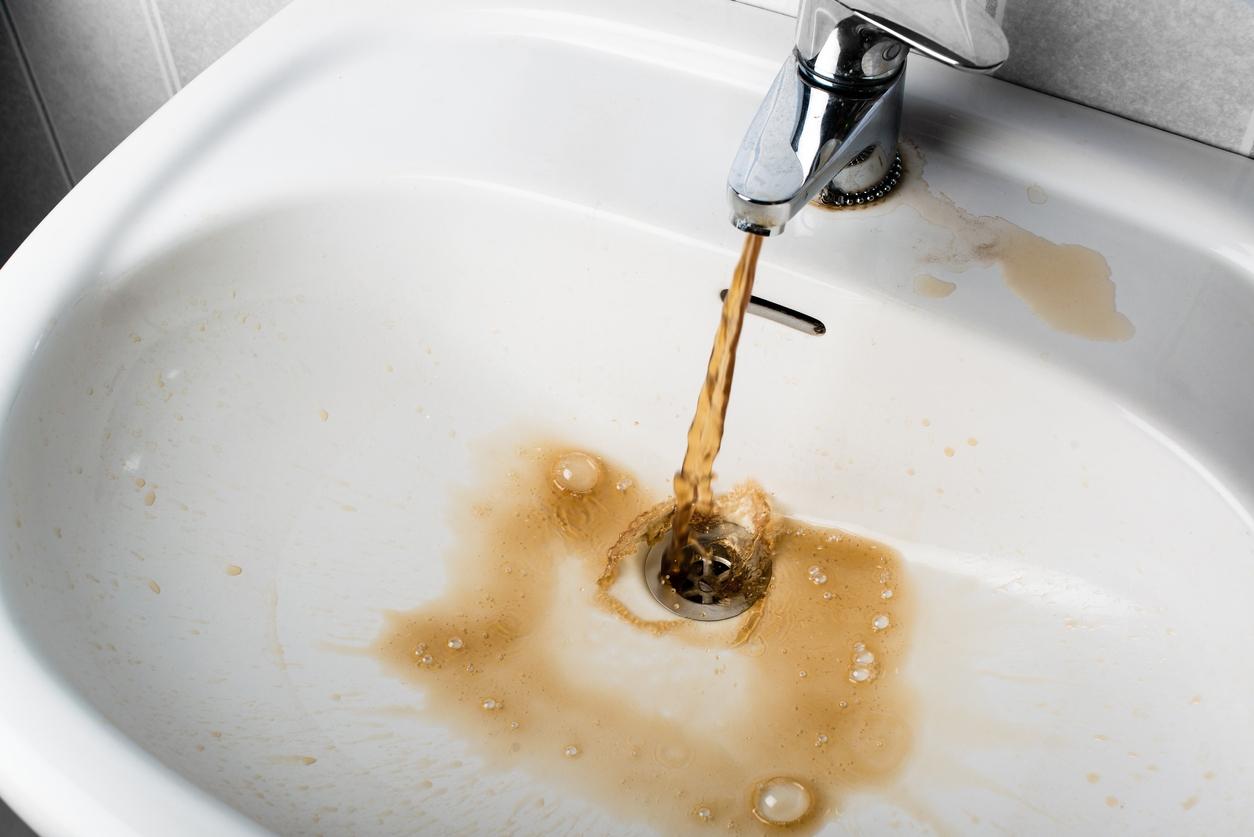
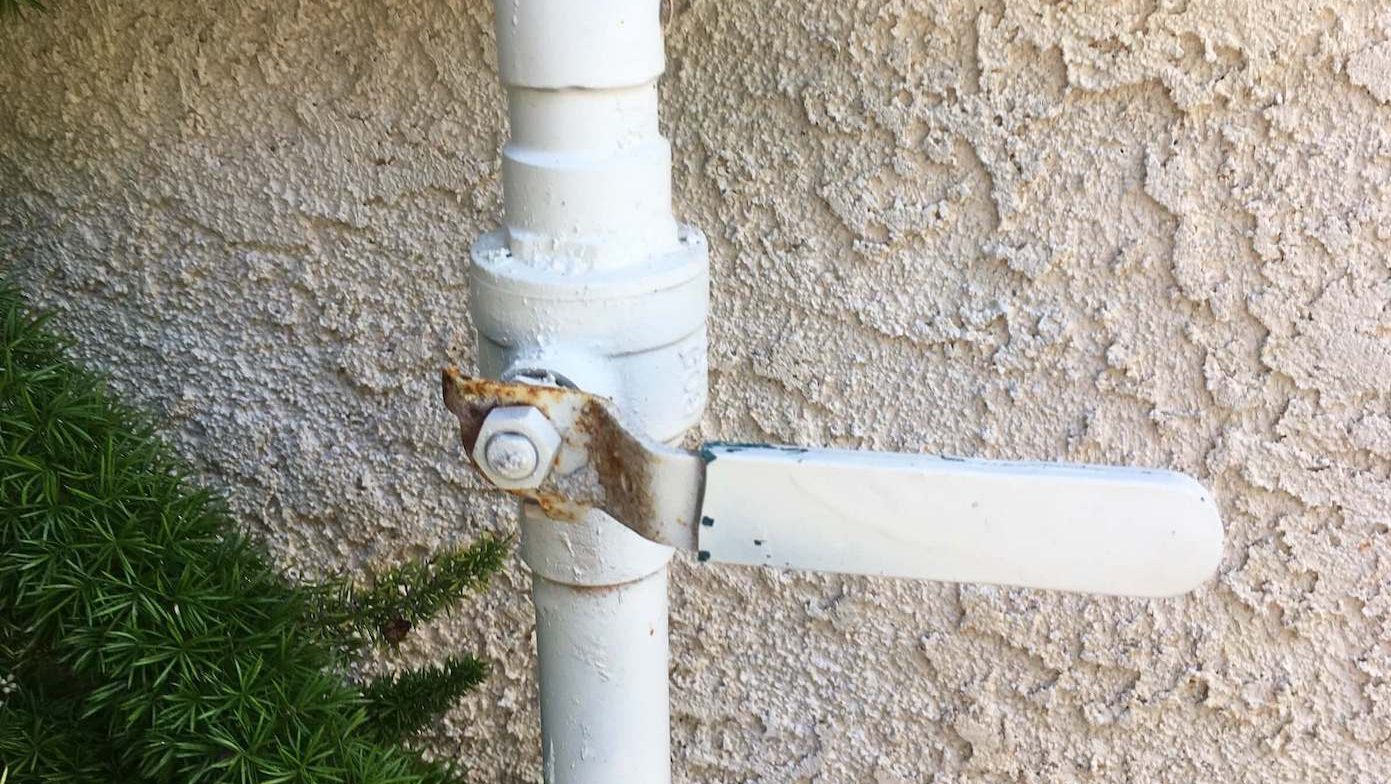
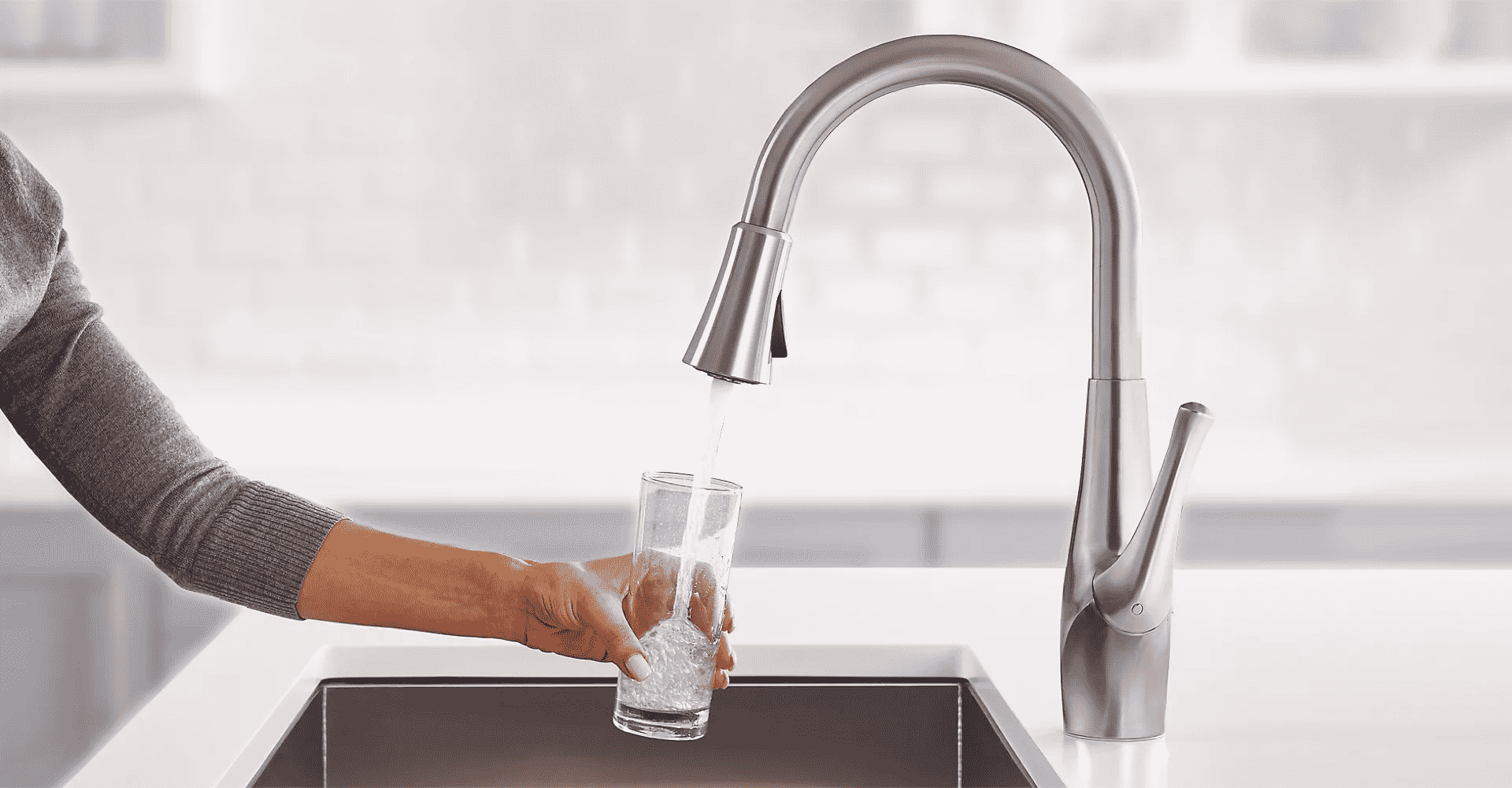
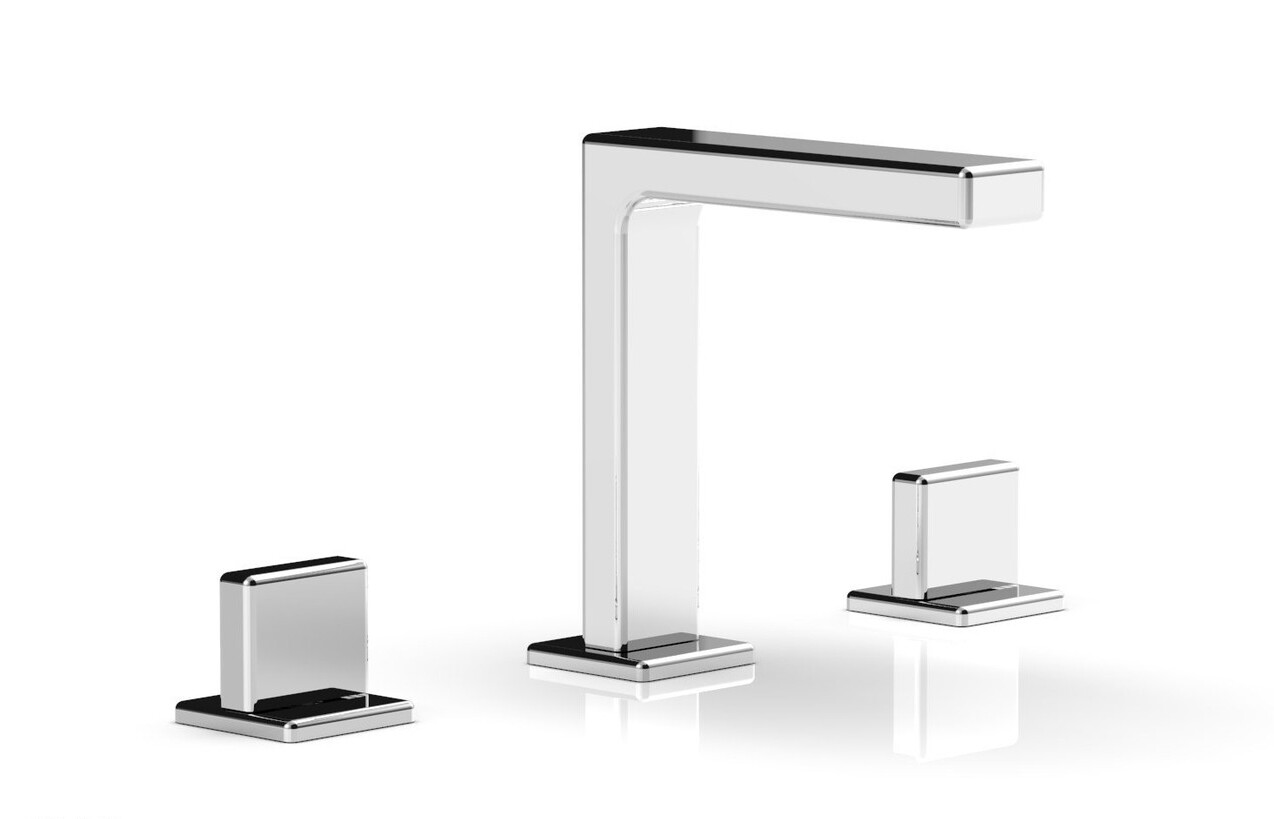
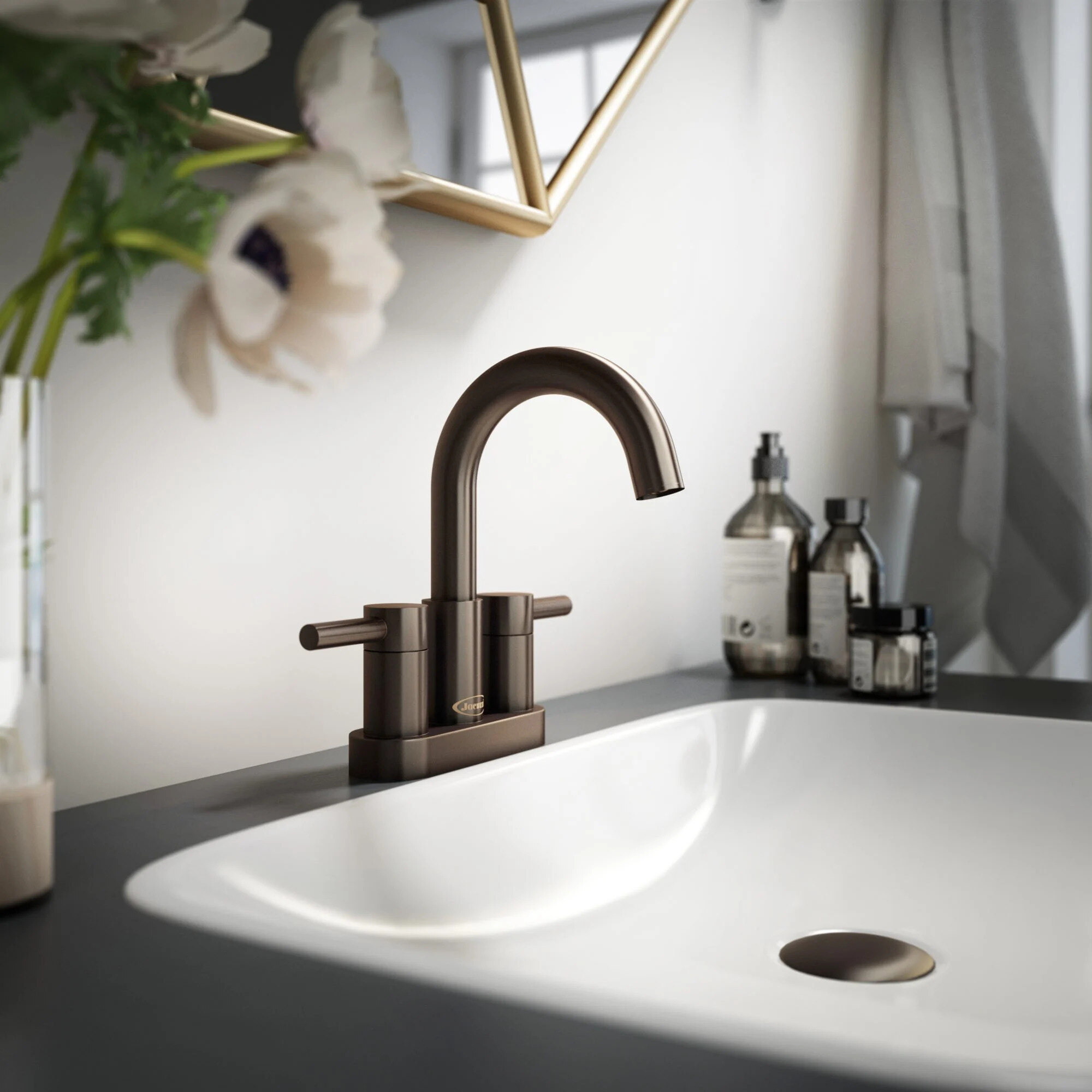
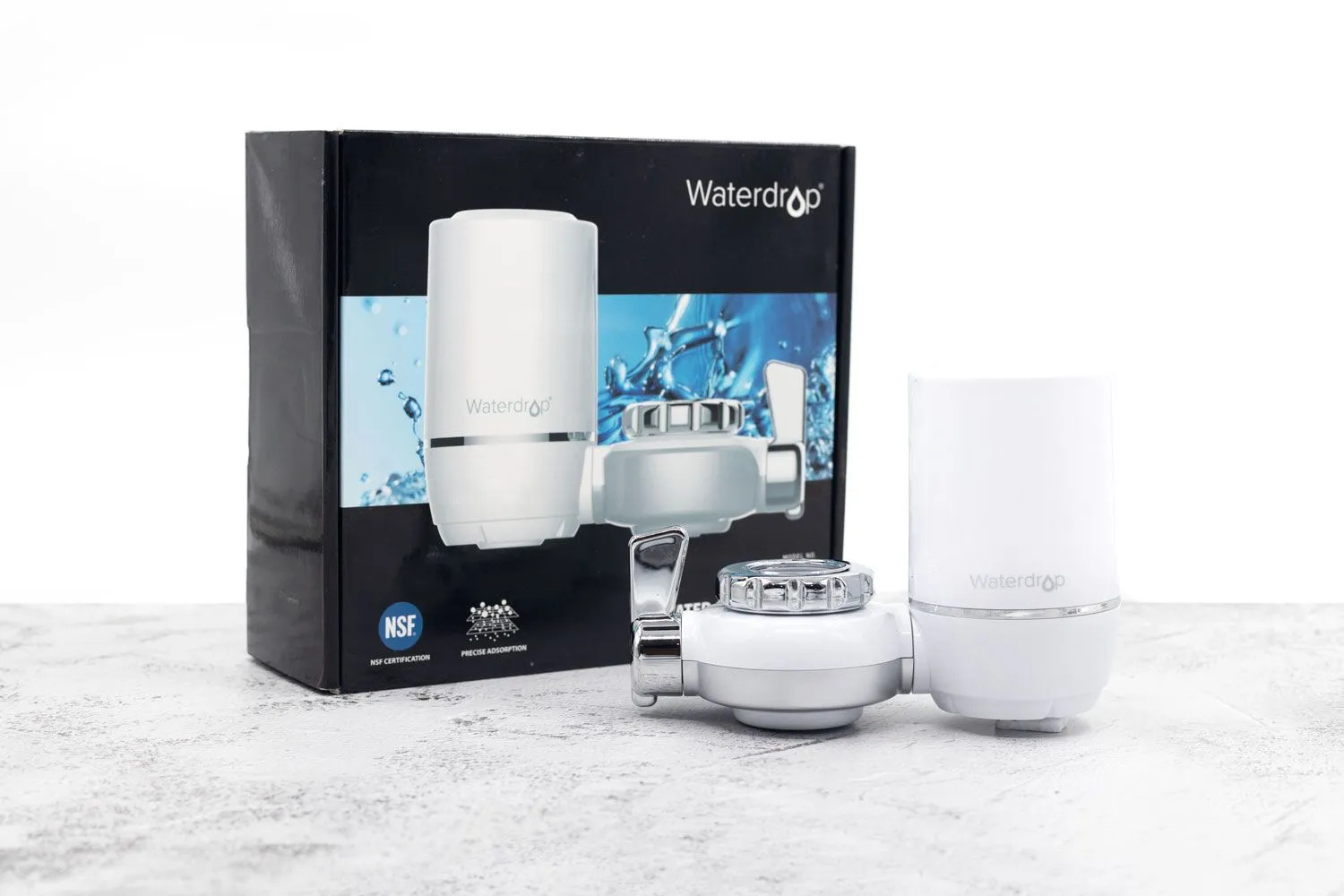
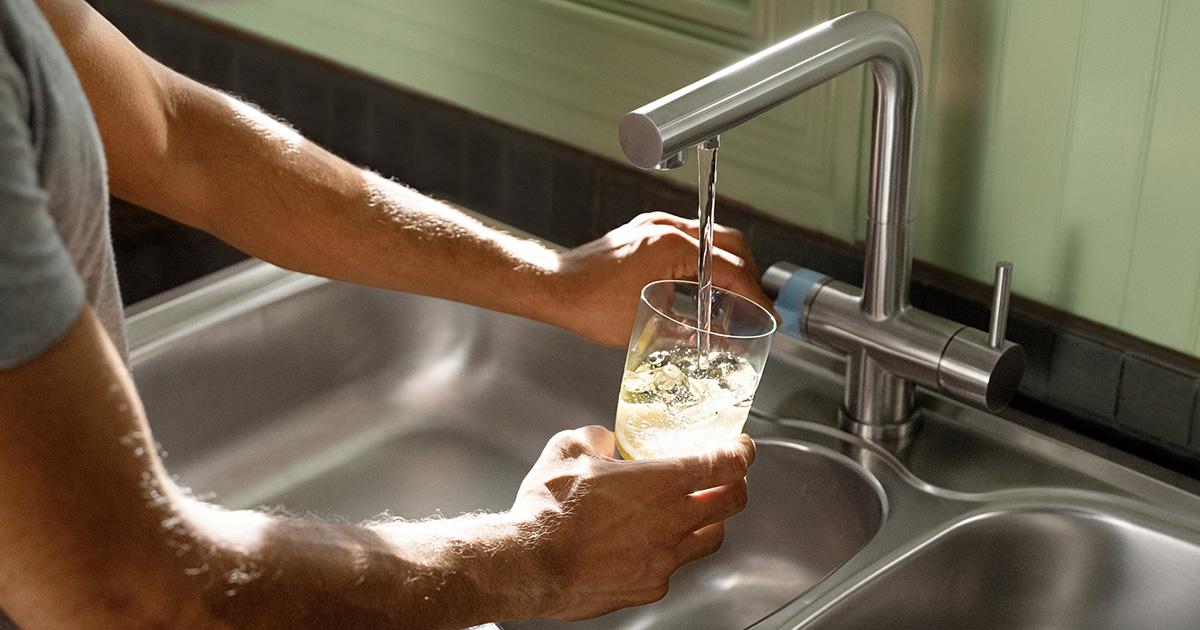
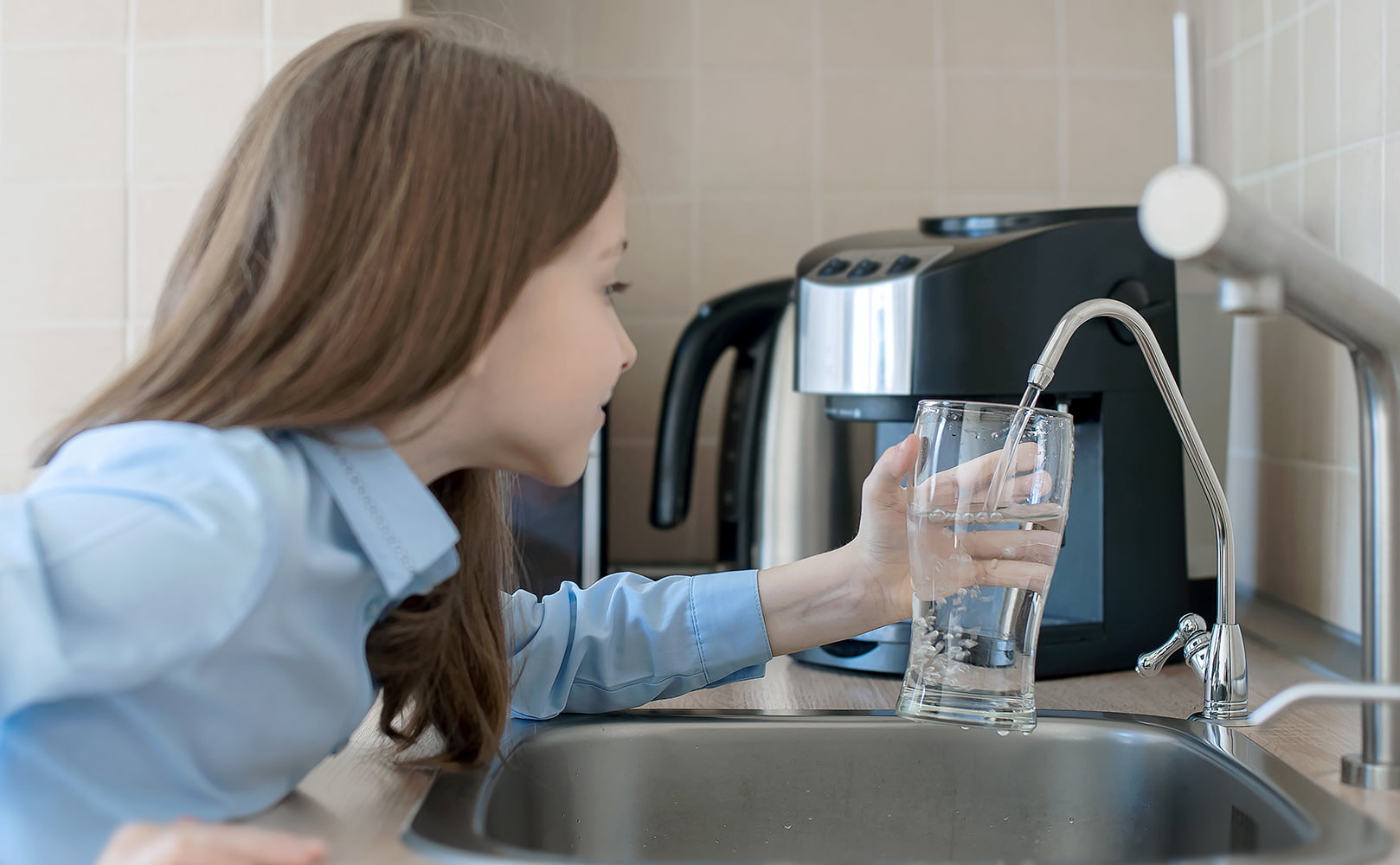
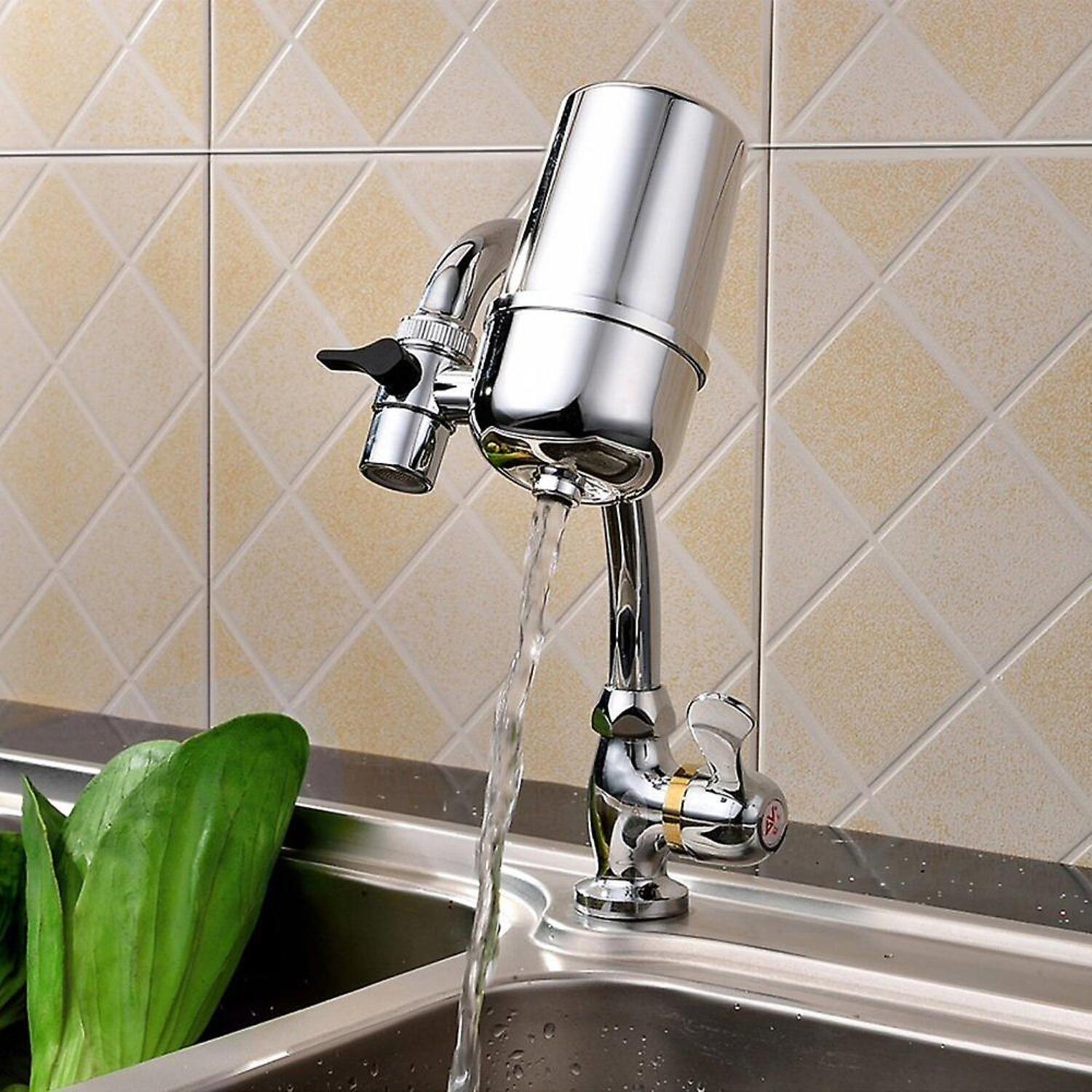

0 thoughts on “What Is Faucet Water”